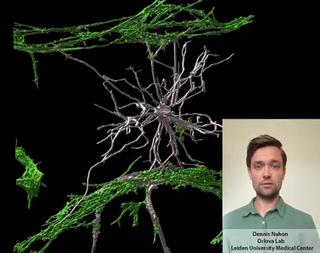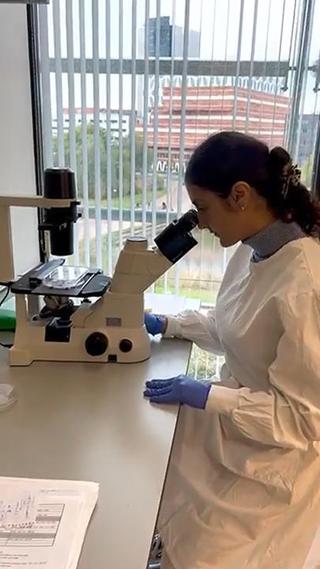A hybrid in silico-in vitro cardiorespiratory simulator for medical device testing
Cardiovascular medical devices (CMDs) (e.g. artificial hearts, ventricular assist devices, ECMO, heart valves) support the cardiac and/or the respiratory function of patients. Large challenges are encountered when assessing CMDs interaction with the human body and the effects on the heart and vessels. Especially CMDs with new designs require an extensive evaluation concerning their effectiveness and safety under different pathophysiological conditions. We propose a high fidelity cardiorespiratory simulator for the testing of the hemodynamic performance of CMDs. The proposed simulator merges the flexibility of the in silico system with a hydraulic interface to test CMDs. As such, the simulator embeds a high fidelity cardiorespiratory model, allowing the reproduction of pathologies at both cardiac and respiratory level. The simulator works as a test bench for the assessment of CMDs, from prototype stage to pre-clinical stage. Thanks to its flexibility and high-fidelity, the simulator helps reducing animal testing and provides insights on how to improve CMD design to better suit different patient’s needs.
Contact: https://www.kuleuven.be/wieiswie/en/person/00098489
RE-place database: https://www.re-place.be/method/cardiovascular-modelling-medical-device-testing
New

Five simple tricks for making your own video for TPI.tv

Stem cell derived Vessels-on-Chip to study brain disorders

From 2D hiPSC culture to developing a 3D vessel-on-chip
